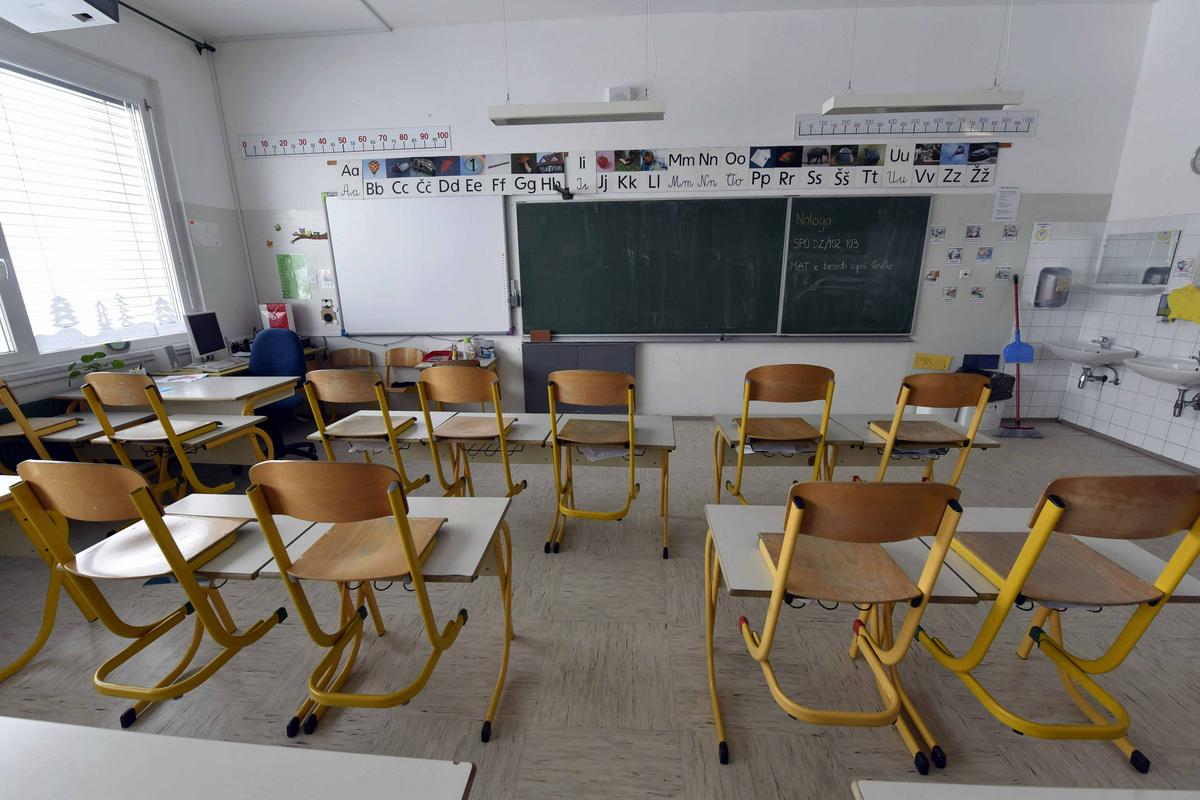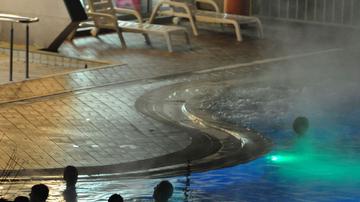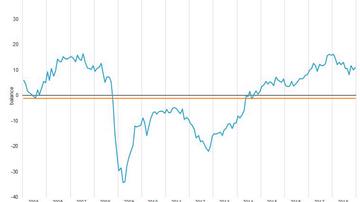
In the academic year 2017/18, 10% of all students in Slovenia studied in the field of education. The number of teachers is growing. At pre-school, primary, and upper secondary levels most teachers are women; at tertiary level most are men (55%).
On 5 October 1966 in Paris the International Labour Organisation (ILO) and UNESCO signed Recommendations Concerning the Status of Teachers. In memory of this event, at the International Conference on Education in Geneva in 1993 UNESCO proclaimed 5 October the World Teachers’ Day. It is now celebrated in over a hundred countries. This year the theme is The Right to Education Means the Right to a Qualified Teacher.
In the academic year 2017/2018, 76,534 students were enrolled in tertiary education in Slovenia; 7,418 or almost 10% of them (6,478 women and 940 men) in the field of education.
In the school year 2017/2018, on average each of the 11,230 educators and assistant educators was taking care of eight pre-school children in kindergartens. Each of the 17,928 primary school teachers was taking care of ten pupils on average. With the transition to upper secondary level (6,131 teachers ) the average increases to twelve pupils per teacher.
EU Member States have different education systems so a direct comparison of the teaching load is not possible. We can only compare the burden of teachers in primary schools up to grade 6 and at the upper secondary level. In basic education up to grade 6 the EU-28 average in 2016 was 14.4 pupils per teacher (in Slovenia 14.3, which ranked our country 12th). France had most pupils per teacher (19.4) and Greece had fewest (9.3). In upper secondary education the EU-28 average was 12.0 pupils per teacher, while in Slovenia it was above average with 14.2 pupils per teacher.
The number of teachers is growing
The number of persons employed in education is growing. In 2017 it was 10% higher than in 2010. Education is a female dominated occupation; in 2017 the ratio was about 80% women to 20% men.
n the school year 2017/18 women represented 97% of teachers in pre-school education and 87% of teachers in basic education. In upper secondary education the share was even lower at 68%. At tertiary level the ratio changed to 55.5% men and 44.5% women.
The average profile of a person teaching at tertiary level; full professor, male
Of the 2,619 tertiary professors, in the school year 2017/18 35.5% were full professors, 27.3% were associate professors, 26.9% were assistant professors, 6.3% were senior lecturers and 4% were lecturers.
Men employed in education earn on average more than their female colleagues
In 2017 average monthly gross earnings for men employed in education was EUR 2,454, 39% higher than average monthly gross earnings for all employed men. Women employed in education earned on average almost EUR 500 less than their male colleagues (EUR 1,957), but still 18% more than average monthly gross earnings for all employed women.

































































